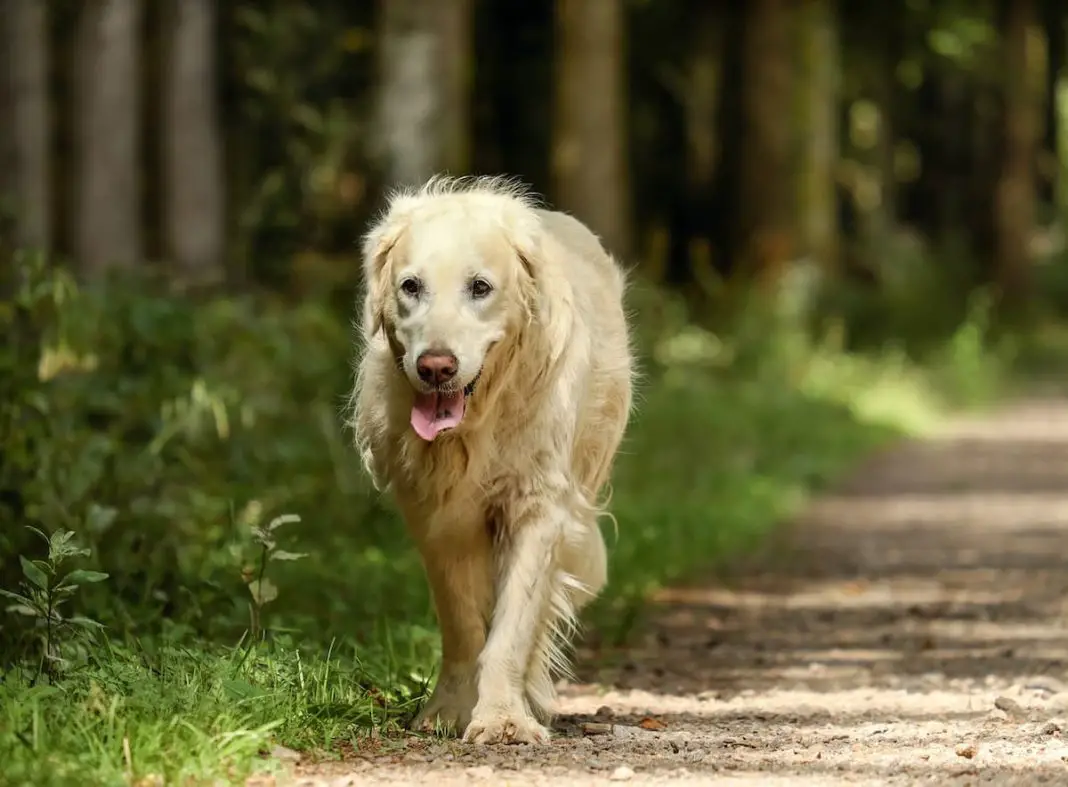There are many mixed views regarding the toxicity of birch trees. Although, some people don’t consider birch trees to be toxic because it’s not lethal, however, if a dog was to consume a larger quantity, it could potentially be poisonous. The bark from a birch tree most likely wouldn’t kill a dog it could however cause some unhealthy conditions.
According to the ASPCA, the birch tree is considered to be toxic for dogs. While birch trees are one of the most beautiful ornamental trees that you could have in your garden, responsible dog owners should always take into consideration the safety of their dog before planting a tree.
Why Are Birch Tree Toxic To Dogs?
The bark from Birch trees naturally contains a substance called xylitol. Xylitol is a substance that’s dangerous for dogs and could even it can result in kidney failure. If your dog has swallowed xylitol, you’ll need to observe your dog for symptoms, like a loss of appetite, vomiting, diarrhea, and lethargy.
The researchers at Michigan State University at the College of Veterinary Medicine have discovered that Birch Oil contains Methyl Salicylate in high concentrations. If a dog is exposed to concentrated birch oil, it could suffer from severe conditions, like gastrointestinal ulcers, kidney failure, seizures, and even death.
Is Your Dog Eating Birch Tree Bark?
Stopping your dog’s urge to chomp on any tree bark can be difficult, especially if it has become an obsession. But for sake of your dog, you need to provide a suitable outlet to help keep them away from the birch bark. i.e., a chew toy. Problems can arise if the urge for a dog is when chewing on non-food items turns into eating non-food items. Tree bark isn’t only dangerous because of the possibility of poison, it’s also dangerous as it could easily splinter, causing cuts to your dog’s mouth or gums as well as potentially getting stuck in their digestive tract.
Boredom and Attention-Seeking
If a dog is lacking mental stimulation, then this could result in a number of undesirable and destructive behaviors. For example, if your dog is stuck in a yard or inside your home every day with nothing to do, then they’re going to try to make their own fun. So, chewing and eating tree bark could be a stimulating diversion for your dog. It becomes a rewarding activity for the dog if you or other members of the family rush over, telling them to stop when they nosh on birch tree bark. What initially could have been a boredom-relieving behavior can quickly become their favored way of getting their owner’s attention.
Nutritional Problems
Sometimes dogs can be known to eat non-food items when they have nutritional deficiencies or digestive problems and so they’re trying to fulfil an unmet nutritional need, like a lack of fiber. Often, this behavior can coincide with changes in their appetite or irregular bowel movements. Since tree bark contains some nutrients, your dog could be eating it as an attempt to get vital nourishment that they’re lacking in their diet.
Teething
Puppies that are experiencing discomfort from teething intermittently from around the ages of 3 weeks to 6 months. During this period, a puppy will chew on anything they can find to relieve discomfort and pain. If your pup happened to be doing their business next to a tree or a piece of bark, could start chomping on it, which is all it would take for your pup to develop a long-term taste for it.
Pica
Pica is the medical term for the compulsion to eat non-food items. Pica is known to be caused by a reaction to anxiety, fear, and boredom. The problem is distinct from destructive chewing caused by attention-seeking or boredom. With pica, a dog will try to consume and digest the tree bark, rather than merely chewing on the bark and spitting it out.
Preventing Your Dog From Eating Tree Bark
You can retrain a dog that’s indicating destructive chewing on a tree by using positive reinforcement to praise a dog when they don’t chew on tree bark. You can also try distracting your dog by using an assortment of toys filled with their favourite treats while making sure that your dog gets regular exercise as part of your daily routine. Remember that walks in the park, a romp at the dog run, or a stroll on the beach are all excellent ways to stimulate your dog’s senses and help to burn off energy. Just make sure to keep your dog on the leash when you’re in areas with trees so they can’t get at the tree.
Conclusion
It could take time for your dog to kick their wood-chewing habit. Always supervise your dog when they’re in an area where they have access to birch trees. Be ready to correct your dog and redirect their attention to an acceptable treat or chew toy. Don’t yell at the dog or physically discipline them for chewing on tree bark. If you cannot supervise your dog, keep them in an area of your home where they won’t have access to wood. If you do not have a dog-proof area of your home, consider crating them until you can properly supervise your dog.








